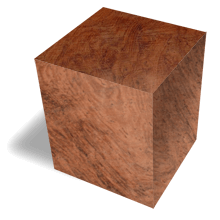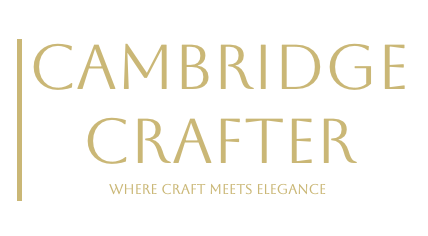
Amboyna Burl
Amboyna Burl comes from the Pterocarpus indicus tree, commonly known as Narra, a large deciduous tree in the Fabaceae family native to Southeast Asia, including regions like Indonesia, Malaysia, and the Philippines. These trees can grow to 65–100 feet tall with trunk diameters of 3–5 feet, thriving in tropical lowland forests. The burl, a highly prized growth deformity, typically forms on the trunk or branches, often harvested from the root system for larger pieces.
The heartwood of Amboyna Burl is renowned for its stunning visual appeal, displaying a rich, warm colour palette that ranges from golden yellow to deep reddish-brown, often with vibrant orange, amber, or crimson hues. Its defining feature is the intricate, swirling grain pattern, packed with tight, interlocked curls, knots, and bird’s eye figures, creating a three-dimensional, almost holographic effect. The texture is fine to medium, with a high natural lustre that gives it a glowing, polished look even before finishing. The sapwood, in contrast, is a pale cream or straw colour, sharply distinct from the heartwood.
Amboyna Burl has a density of around 650–850 kg/m³, making it moderately hard and durable, though its irregular grain can make it challenging to work with. It dries slowly and requires care to prevent cracking, but once seasoned, it’s relatively stable. The wood machines well, though its interlocked grain can cause tearout, so sharp tools and light cuts are recommended. It turns, glues, and finishes beautifully, often used in high-end applications like luxury veneer, bespoke furniture, knife handles, gun grips, and premium pen blanks.
The wood has a mild, pleasant fragrance when worked, reminiscent of rosewood with a faint sweet or floral note, reflecting its relation to other Pterocarpus species. Amboyna Burl is prized for its rarity and beauty, often considered one of the most exquisite burls available, but overharvesting has made it scarce and expensive. It’s typically available in small sizes due to the nature of burls, and its use is reserved for decorative or specialty items where its dramatic figuring can be showcased.
